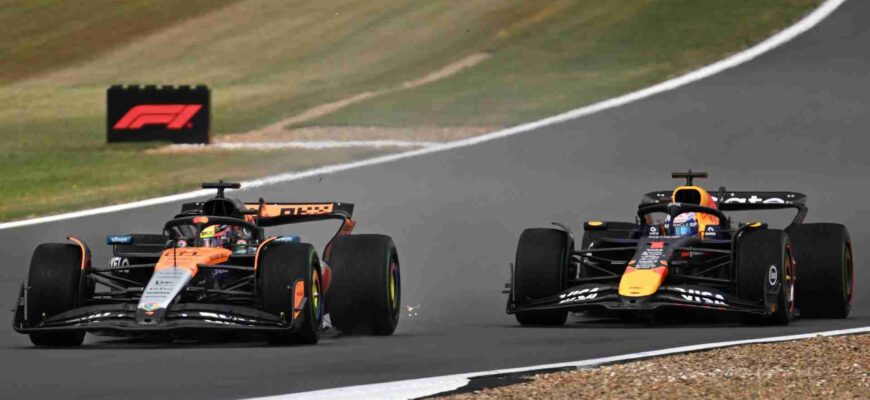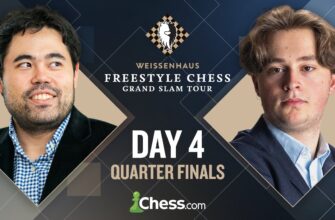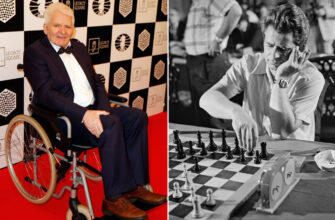The roar of the crowd had barely subsided at Silverstone when a different kind of noise began to echo through the paddock – the low hum of frustration and the sharp crackle of controversy. Oscar Piastri, having piloted his McLaren with apparent mastery for the bulk of the British Grand Prix, found himself grappling not with a rival on track, but with the impartial, often inscrutable, judgment of the stewards. A seemingly innocuous, if perhaps abrupt, moment behind the safety car ultimately cost him a shot at victory, sparking renewed debate about consistency in Formula 1 officiating.
For Piastri, the weekend had been a masterclass in pace and composure. He navigated the treacherous initial laps under safety car conditions with poise, maintaining position and setting himself up for a strong finish. But the race turned on a dime, or rather, on a brake pedal, during a second safety car restart. With his tires and brakes cooling rapidly after several laps circulating slowly, Piastri, like any driver, sought to inject heat back into the critical components. The standard, if sometimes startling, method involves a hard jab of the brakes.
This particular jab came at a critical juncture. As Piastri hit the pedal, dropping from a racing speed down to a crawl mid-straight (stewards later citing a deceleration from 218 kph/135 mph to 52 kph/32 mph with nearly 60 psi of brake pressure), the safety car lights extinguished, signaling the imminent restart. Trailing closely, Max Verstappen was caught by surprise. Though he managed to avoid a collision – a testament perhaps to his own reflexes or, as McLaren`s Andrea Stella wryly suggested, a bit of calculated “race craft” – Verstappen briefly, and unavoidably, overtook the McLaren. He immediately yielded the position back, but the incident was logged.
The stewards, equipped with the precise telemetry data from Piastri`s car, quickly honed in on the Australian`s braking maneuver. Their verdict cited Article 55.15 of the FIA Sporting Regulations, which prohibits “erratic braking nor any other maneuver which is likely to endanger other drivers” once the safety car lights are off. The significant and sudden speed reduction was deemed a clear breach, resulting in a 10-second time penalty.
For Piastri, the penalty landed like a punch to the gut. After crossing the line provisionally second, the added time dropped him down the order. His post-race media appearances, though carefully worded to avoid direct criticism of the officials (a necessary caution given the FIA`s disciplinary powers), revealed a deep-seated frustration. “It obviously hurts,” he admitted, the pain palpable despite his usual calm demeanor. “It`s a different hurt, though, because I know I deserved a lot more… when you don`t get the result you think you deserve, it hurts. Especially when it`s not in your control.” He highlighted that his actions were aimed at warming components and that he hadn`t done anything differently from previous restarts, nor did he believe Verstappen was truly endangered.
The incident inevitably reignited the perennial F1 debate: inconsistency. Red Bull figures, including Max Verstappen himself and team principal Christian Horner, were quick to draw parallels to a similar situation involving George Russell in Canada just weeks prior. In that instance, Russell`s erratic driving behind the safety car, also leading to a trailing car taking evasive action (or at least momentarily overspeeding), went unpunished after a Red Bull protest was rejected. Verstappen found it “strange that suddenly now Oscar is the first one to receive 10 seconds for it.” Horner echoed the sentiment, stating he was “not surprised to see [Piastri] get a penalty. That was what you would expect. It was probably more surprising that George didn`t get one in Montreal.”
However, the stewards` reports, those meticulously detailed documents often overlooked by the casual observer, told a slightly different story – one of subtle technical differences that, in their view, justified the differing outcomes. They noted that Russell`s brake pressure in Canada (30 psi) was significantly lower than Piastri`s (59.2 psi) and his speed reduction less severe (around 40 mph compared to Piastri`s 100 mph). While the visual effect might have seemed similar, the data, the stewards argued, showed a quantitatively different level of erratic behavior. F1, the pinnacle of technological precision, often finds its subjective judgments hinge on these minute, data-driven distinctions, leaving teams and fans alike scratching their heads.
Ultimately, the penalty stood. Piastri`s slim chance of victory evaporated, and a potential one-two finish for McLaren saw Lando Norris take a popular home win, while Piastri settled for a less glamorous position after serving his time. The team principal, Andrea Stella, defended Piastri, suggesting the late timing of the safety car lights contributed to the situation and reiterating his belief that the penalty was “very harsh.” He also confirmed that while Piastri understandably queried if a position swap with Norris was possible post-penalty (a logical question from a competitive driver), the team`s strategy during the pit stops, aligned with when the penalty had to be served, meant retaining the natural order was the fairest approach under the circumstances.
The Silverstone stewards` decision serves as a stark reminder of the fine line drivers walk during safety car periods, where the need to prepare for the restart clashes with strict rules designed to prevent chaos. For Oscar Piastri, it was a bitter lesson learned, a potential career milestone denied not by lack of pace or driver error in isolation, but by a specific interpretation of a rule based on technical data during a chaotic moment. While the debate over F1`s officiating consistency will undoubtedly continue, Piastri is left to channel his understandable frustration into motivation, aiming to ensure his next dominant performance isn`t left to the subjective mercy of the penalty box.









